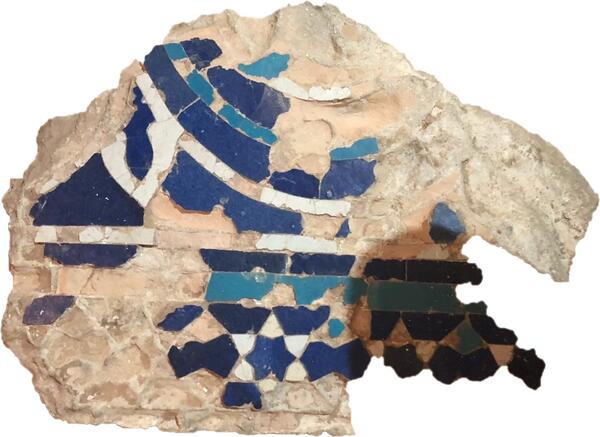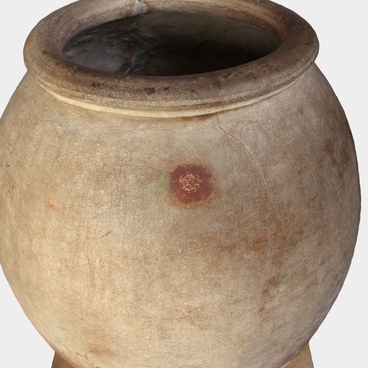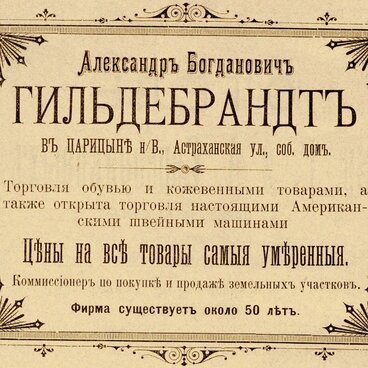The development of architecture and decorative style in the Volga region was influenced by the spread of Islam in the Golden Horde from the early 14th century. The ornamental style of Ulus Jochi was primarily influenced by the art of Central Asia, Transcaucasia and Iran.
At that time, mosaics and majolica were the main decorative features in the architecture of the Golden Horde. They were used to adorn the facades and interiors of buildings and gravestones. The mosaics were made of separate pieces of kashi tiles, which was a special mixture of quartz sand with clay. The cities of the Golden Horde had their own production of kashi glazed architectural ceramics based on local raw materials.
The elements were carefully fitted together and assembled on smooth boards face down. Then a liquid gypsum mortar was poured over the set. Finally, the board was fixed in the chosen space.
Mosaics were mainly used to cover portals, arches, side walls of pylons, inner vaults of domes and large planes of walls. The Golden Horde mosaics typically feature elements of ultramarine, turquoise, white, yellow and red colors.
The dominant color in architectural botanical decorative patterns was red. Foliage patterns in the Golden Horde mosaics were made up of sprouts, which formed picturesque compositions and did not repeat. This distinguished them from their Central Asian analogs. The mosaics used for cornices and borders had alternating botanical and geometric patterns consisting of multi-colored fragments.
Historians were able to determine that the tile, displayed at the exhibition of the Volgograd Regional Museum of Local History, was used in the construction of the walls of the khan’s palace or mosque. This piece was found during a joint expedition of the Institute of Archaeology of the USSR Academy of Sciences, Moscow State University and the Stalingrad Museum of Local History. The expedition was led by German Alexeyevich Fyodorov-Davydov, a specialist in Oriental and Russian medieval numismatics, archaeology and history of the Volga region and Central Asia.
At that time, mosaics and majolica were the main decorative features in the architecture of the Golden Horde. They were used to adorn the facades and interiors of buildings and gravestones. The mosaics were made of separate pieces of kashi tiles, which was a special mixture of quartz sand with clay. The cities of the Golden Horde had their own production of kashi glazed architectural ceramics based on local raw materials.
The elements were carefully fitted together and assembled on smooth boards face down. Then a liquid gypsum mortar was poured over the set. Finally, the board was fixed in the chosen space.
Mosaics were mainly used to cover portals, arches, side walls of pylons, inner vaults of domes and large planes of walls. The Golden Horde mosaics typically feature elements of ultramarine, turquoise, white, yellow and red colors.
The dominant color in architectural botanical decorative patterns was red. Foliage patterns in the Golden Horde mosaics were made up of sprouts, which formed picturesque compositions and did not repeat. This distinguished them from their Central Asian analogs. The mosaics used for cornices and borders had alternating botanical and geometric patterns consisting of multi-colored fragments.
Historians were able to determine that the tile, displayed at the exhibition of the Volgograd Regional Museum of Local History, was used in the construction of the walls of the khan’s palace or mosque. This piece was found during a joint expedition of the Institute of Archaeology of the USSR Academy of Sciences, Moscow State University and the Stalingrad Museum of Local History. The expedition was led by German Alexeyevich Fyodorov-Davydov, a specialist in Oriental and Russian medieval numismatics, archaeology and history of the Volga region and Central Asia.



